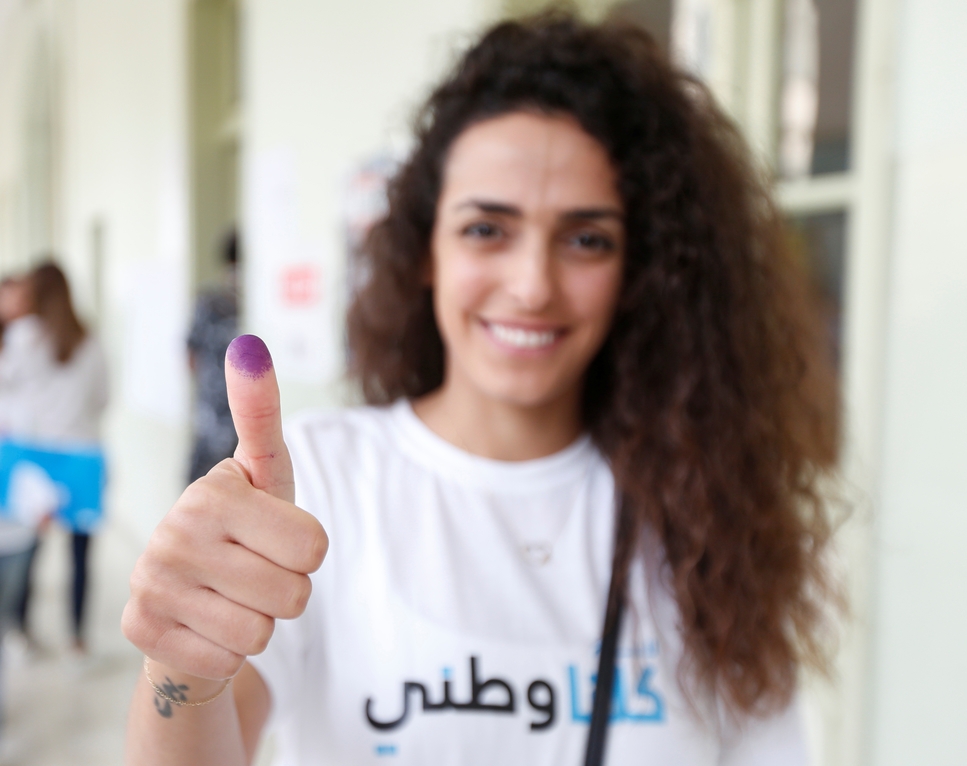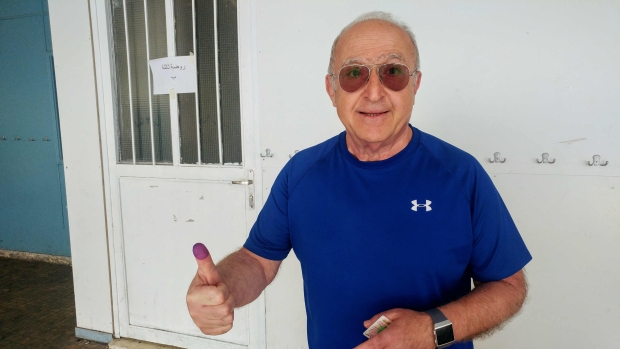New voting system, old voting traditions

Polling stations, mostly at public schools, are separated into different areas for genders and religious sects.
While in the past voters brought their own ballots (lists of names that can be handwritten), only the interior ministry is responsible for handling ballots in this election. Slates are marked by different colours with photos of candidates on each list.
Before leaving, voters are required to dip their thumbs in an ink container. In theory, the ink marks that they have voted, so they can't vote again. But it's more of a symbolic gesture.
The new process did not seem to faze voters, several of whom described the operation as good if not "excellent."
In the Shia-majority Msaitbeh neighbourhood of Beirut, Hezbollah seemed to dominate the vote. "We voted to renew our allegiance to the Resistance," a middle-aged woman told MEE's Ali Harb, referring to Hezbollah.
Rania Zakzouk, 27, said that as a first-time voter she finally feels like a fully functioning member of society. "It's important to participate and make our voices heard," she told MEE.


